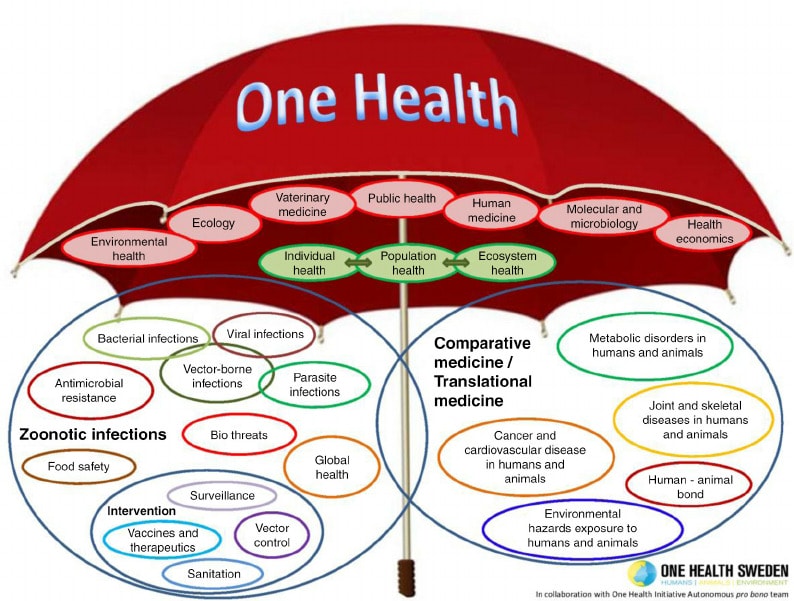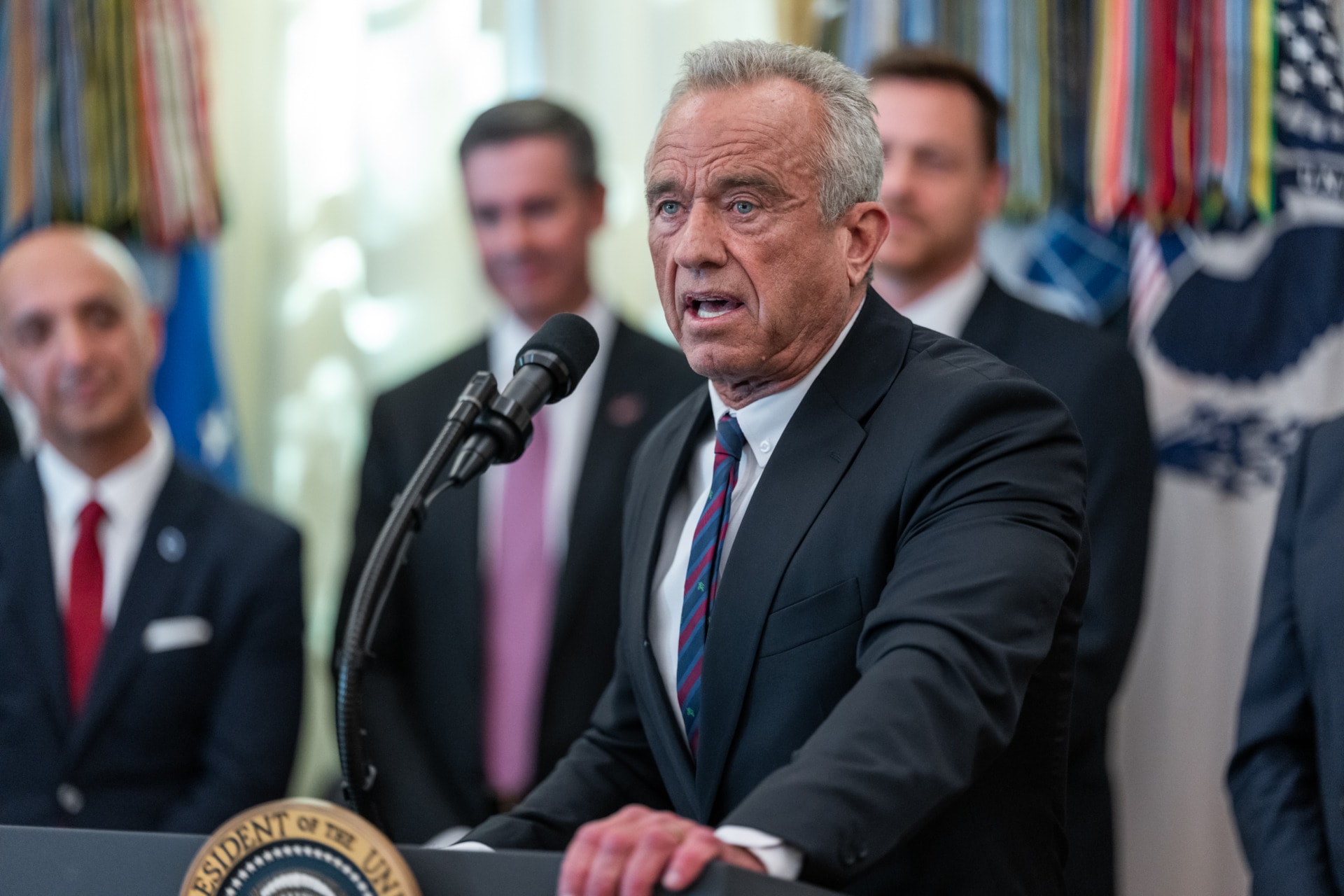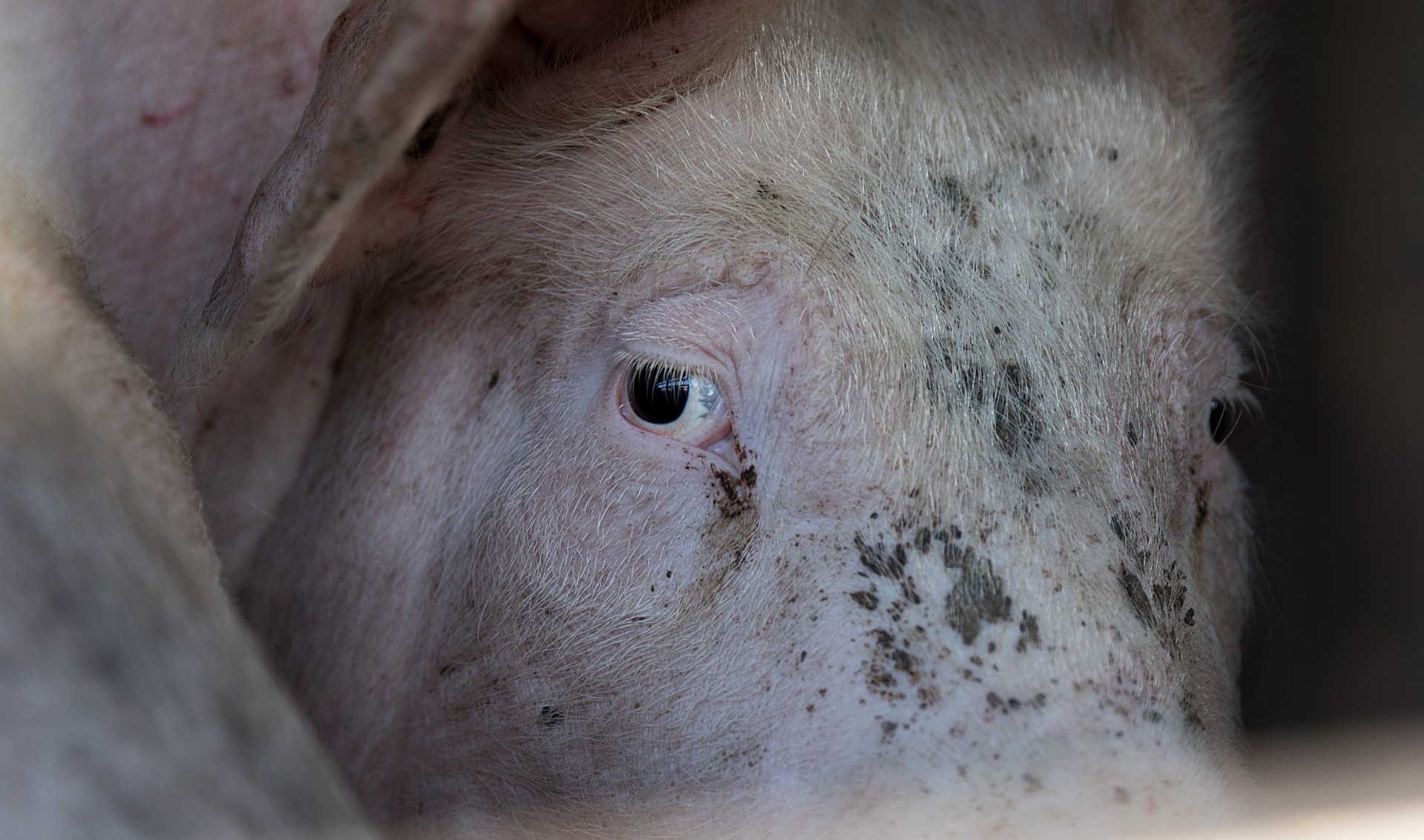On January 13, 2025, a most welcomed announcement was made: Three major public Federal government institutions in the United States, the Centers for Disease Control and Prevention (CDC), the U.S. Department of Agriculture (USDA), and the Department of the Interior (DOI) have agreed to launch the National One Health Framework.
Called the “2025-2029 | National ONE HEALTH Framework to Address Zoonotic Diseases and Advance Public Health Preparedness in the United States,” it was and is a landmark initiative. If implemented, it will serve as a roadmap for establishing a significantly more expedient, expeditious and efficacious prevention and/or management of potential future pandemics for the U.S. and internationally.
These zoonotic diseases (diseases transmissible from animals to humans), like the recent COVID-19 catastrophe, could include many potential “bad actors.” You have probably heard of some of these nasties, e.g., Ebola, Nipah, Rift Valley fever, Crimean-Congo hemorrhagic fever (CCHF), Zika, and Disease X. Most recent in the news has been Avian Influenza (H1N7) if it should mutate and it could. So far only one human death has been reported by the CDC in the U.S.
This monumental presentation by U.S. officials concludes:
“Implementing the One Health approach means involving all relevant sectors concerning human, animal, plant, and environmental health to address health concerns in a more collaborative, effective, efficient, and sustainable manner than each sector approaching these issues alone. The National One Health Framework to Address Zoonotic Diseases and Advance Public Health Preparedness in the United States will inform One Health work across the U.S. Government, strengthen cooperative efforts to address the threat of zoonotic diseases, and advance public health preparedness.
This framework will also strengthen federal collaborations with state, Tribe, local, territorial, international, non-governmental, academic, and private sector partners. Although the NOHF- Zoonoses is primarily focused on zoonotic diseases, the partnerships, systems, and lessons learned from the proposed activities can be expanded and applied to other priority One Health issues and shared priorities.
The activities described in this framework are intended to support and encourage collaboration and cooperation with existing efforts, initiatives, and plans rather than create a parallel set of activities and priorities over the next five years (2025-2029).
At the end of the five-year period, collaborating federal agencies may determine whether to renew their commitment to this framework or update the goals and objectives. Future work needed to support the framework’s objectives, including evaluation efforts and gap analyses, will be conducted within the five-year period.”
Having a synergistic coalition of the three longstanding influential U.S. Government’s premier One Health-oriented agencies, i.e., the Centers for Disease Control and Prevention (CDC), the U.S. Department of Agriculture (USDA), and the Department of the Interior (DOI) focusing on the issues represents a giant step forward in the nation’s public health history. Professionals working within CDC, USDA, and DOI are many top-grade scientific and multi-disciplinary leaders capable of “getting the job done!” Positioning such a dynamic set of force multipliers has long been sought after by leaders in the “One Medicine-One Health” movement.
Over the past several years, numerous educational “One Health” articles have been provided by Impakter magazine. The co-authors of this article have contributed to several of them.
Related Articles: The Concept of One Health Turns Global in 2021: How it was Born | How Climate Change Affects Health and How Countries Can Respond | One Health: A Paradigm Whose Time Has Come? | Dealing With Future Pandemics: Do You Feel Safer Coping With Another Pandemic Today?
Consider the opportunity of creating an Office of the One Health Coordinator in the White House: This would underpin the National Framework, ensuring that the many entities in the U.S. Government concerned with human, animal, plant, and ecosystem well-being are brought to work together and do better together.
This is an opportune time to look for new pathways to achieving long-held objectives to coordinate federal activities in combating infectious disease outbreaks and, more broadly, to advance public health prevention, preparedness, and containment by addressing the interface between human, animal, plant, and environmental health as provided in this latest national milestone framework.
A focal point in the White House to integrate past experience, new knowledge, and technological innovations, enhancing prospects for a healthier, more productive future — and at less cost — would well serve these objectives.

The Incoming Administration
That greater efficiency is needed is reflected in the incoming Administration’s creation of a new “government commission,” a “Department of Government Efficiency” (DOGE). Its mandate is to assess and propose ways to make the federal government more efficient, and this includes looking at how Departments and other major entities involved in addressing health concerns related to humans, animals, plants, and the environment might perform better.
Those primarily responsible might include (if they are confirmed by Congress): Robert F. Kennedy Jr. for the Department of Health and Human Services (HHS), Marty Makary for the Food and Drug Administration (FDA), David Weldon for the Centers of Disease Control and Prevention (CDC), Jay Bhattacharya for the National Institutes of Health (NIH), Brooke Rollins for the Department of Agriculture (USDA), Doug Burgum for the Department of Interior, and Lee Zeldin for the Environmental Protection Agency (EPA). Each has important health oversight responsibilities and has expressed readiness to support major beneficial changes.
The idea is to bring domestic coordination, without assuming operational authority, under a One Health Coordinator in the Executive Office of the President, housed under the Domestic Policy Council. The overarching goal would be to deal more efficiently, comprehensively, and effectively with the interlinked cross-cutting major health aspects under a One Health umbrella. It is recalled that similar offices exist currently, including the Office of National HIV/AIDS Policy, Office of Social Innovation and Civic Participation, and Office of Faith-based and Neighborhood Partnerships, and have in the past.
Today, U.S. health needs and challenges are dealt with by numerous siloed federal government entities, each pursuing its own agenda, each allocated separate funding and research authority, each publishing findings, and with their own implementation plans.
As a result, critical linkages, specifically the interface between humans, animals, plants, and the ecosystem, are neither any institution’s primary responsibility nor priority. The COVID-19 pandemic, a coronavirus commonly found in bats, is an illustration of how animal and environmental health is related to our own.
The new Administration will have the opportunity to put in place a more effective holistic approach to health security by establishing a stronger interdisciplinary, transdisciplinary coordination mechanism to promote, improve, and protect the health of people and the environment as well as that of America’s animals, plants, ecosystems, and agriculture — in short, the One Health approach. Many physicians, veterinarians, epidemiologists, ecologists, and other experts consider this important to prevent the next pandemic.
What Is the Current Situation?
As stated above: More focus is needed on pandemic threats. Currently, the federal government primarily focuses on one component of disease emergence and spread: humans. While this focus may seem logical on the surface, it downplays the significant role of risky agricultural practices or poor environmental stewardship in exacerbating health threats such as zoonotic spillover events or antimicrobial resistance.
The US Department of Health and Human Services (HHS) has multiple agencies or entities with significant budgets, with most money justifiably going to the Centers for Medicare & Medicaid Services that provide medical insurance for the elderly and poor. However, such resource allocations result in dwarfing what HHS devotes to disease surveillance and control programs.
HHS’ second largest funded entity is the National Institutes of Health (NIH), which conducts and funds substantial research on human diseases, including cancer, heart disease, diabetes, and infectious diseases. Certainly, these are critical tasks in understanding diseases and developing new therapeutics and vaccines.
The NIH is not, however, directly involved in disease surveillance, control, and prevention. Among HHS entities directly involved with surveillance, control, and prevention are the CDC and the U.S. Food and Drug Administration. Much of their resources are essentially locked in, and as a result, new subjects requiring intensive research, such as, for example, micro- and nano-plastics, are not recognized as priorities, whether for basic research in potential new zoonotic diseases or in the effects of specific, already recognized ones such as micro- and nano-plastics on health.
Pandemic-relevant programs in the Federal Government are fragmented between various institutions and insufficiently funded
Agricultural practices, animals, environments, and ecosystems are all key drivers of zoonotic disease emergence and spread, but federal programs that oversee these areas are housed in several different agencies.
The budgets of four other cabinet-level agencies, the Environmental Protection Agency (see here) the Department of Agriculture (here) the Department of the Interior (here), and the Homeland Security Department (here), are, as always, presented transparently and comprehensively, each with its functions, staff, and breakdown in the budgets but their resources for such purposes are modest compared to HHS.
Existing key health promotion and disease prevention programs involve human nutrition research, food security studies, livestock and crop inspections, large-scale wildlife die-off inspections, border control of foreign pests and diseases, and the monitoring and regulatory oversight of environmental contamination.
Worthwhile to be sure, but there is insufficient connection, resources and concentration on disease surveillance and control. The current expanding Avian Flu outbreak and spillover underscore this vulnerability.
Environmental health: Environmental health and public health are closely related. People interact with their environment daily by breathing air, eating food, and drinking water, all of which need to be as free from chemical (and plastic) contaminants, disease-causing viruses, and microorganisms as possible.
The EPA is responsible for monitoring air, water, and land pollution, a fundamental first step for it to accomplish its protection mandate. In sum, the EPA is charged with enforcing regulations to improve environmental purity.
Contaminated environments and diminished biodiversity adversely impact human health. Air pollution worsens asthma, other lung diseases, and heart diseases. Polluted water and land can be the source of zoonotic diseases. Without sufficient resources and effective collaboration, much does not get done.
The Interior Department — an important member of the new National One Health Framework — triumvirate also has several programs that monitor ecosystems and enforce regulations, but they too have modest funding, and little is done to monitor and research the nation’s ecosystems, a major oversight that ultimately impacts human health.
Animal health: As noted, zoonotic disease risks come through contact with animals and their wastes or through consuming other processed animal protein products.
HHS does collect data on animal rabies, and USDA and Homeland Security have programs such as the Animal and Plant Health Inspection Service, the National Bio and Agro-Defense Facility that are designed to protect the nation’s livestock and crops from diseases and pests.
The Interior Department’s Fish and Wildlife Service and the U.S. Geological Survey are tasked with monitoring and protecting fish and wildlife and collecting scientific data on the nation’s natural resources.
Still, not much attention is paid to the potential impact on human health. These programs are scattered across departments and agencies with minimal, if any, coordination or collaboration. Approximately 60% of all known human infectious disease agents originate in animals, but there is no equivalent “animal” CDC to conduct disease surveillance.
As currently configured and funded, and with the federal bureaucracy siloed, there is inadequate capability to prevent, prepare, and respond to disease risks.
Another Possible Way Forward: Create an Office of One Health Coordination in the White House
One Health coordination centered in the White House would have as its mission promoting and protecting agriculture, food safety and security, and the health of humans, animals, environments, and ecosystems, acknowledging the crucial roles that the environment, natural resources, and agriculture have in human health.
It would be tasked with surveillance across the board, conducting and coordinating research, providing oversight of laboratory biosafety and biosecurity, implementing and enforcing relevant laws and regulations, controlling the import and export of animals and plants, and quarantining and isolating international travelers as needed.
Whether from a national security perspective or one with a domestic focus, a One Health coordinating operation in the White House would make for a much more effective and coordinated effort to improve public health and clinical health research going forward and, crucially, provide better use of scarce budgetary resources. This is consistent with new thinking and the goals of the new Administration.
Editor’s Note: The opinions expressed here by the authors are their own, not those of Impakter.com — In the Cover Photo: Flags are draped on the North Portico of the White House, Sunday, September 11, 2022. Cover Photo Credit: White House / Adam Schultz.













